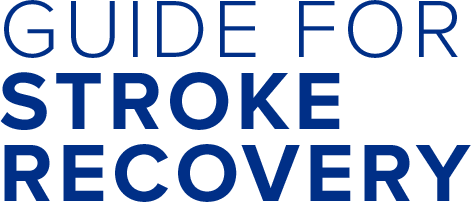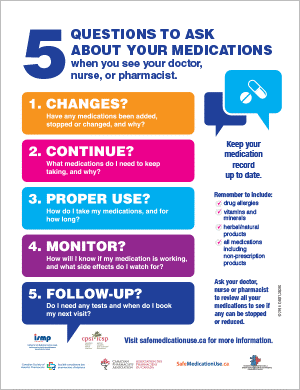Do I know how each medication helps me?
Your doctor may prescribe medications to:
- prevent blood clots (e.g. platelet inhibitors, anticoagulants)
- regulate your heart rhythm (e.g. beta blockers, calcium channel blockers)
- lower your blood pressure (e.g. ace inhibitors, angiotensin II receptor blockers, beta blockers, diuretics)
- lower the bad cholesterol levels in your blood (e.g. lipid lowering agents)
- manage your blood sugar levels (e.g. insulin)
It is important that you have the information you need to use your medications safely. Download the set of 5 questions to ask about your medications to help you start a conversation with your health care team.
It is a good idea to get all your prescriptions filled at the same pharmacy.

Medications help lower your risk of having another stroke. Take each medication as directed by the doctor. Even if you feel well, continue to take your medication. Do not stop taking any medications without talking to your health care provider first.
Do I know if these medications interact with other medications I take and the food I eat?
Check with your pharmacist or doctor before taking any new medications. This includes:
- prescription medications
- over-the-counter medications (non-prescriptions) such as aspirin, laxatives, cough and cold medicines, pain medications, vitamins and herbal remedies
Do I need a way to organize my medications?
The pharmacist can suggest ways to make it easier to take your medications, such as:
- using a pill box (dosette)
- packaging the medication in single doses (blister pack)
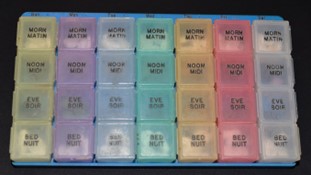
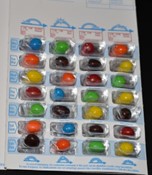
Do I know how to identify the medicines I take?
Below is a list of common types of medications used to prevent stroke. Please note that this is not a complete list of all medications used for this purpose. Your medication might look different and it is important that you follow the instructions of your doctor and pharmacist.
- Each type of medication shows a picture of the pills.
- The pills are listed with the generic name first, followed by the brand name (in brackets).
- There may be more than one brand of the same medication so pictures may vary.
- Each picture shows the front and back of one pill or capsule.
Platelet Inhibitors (stop platelets from sticking together)
Platelet inhibitors are used to stop platelets from sticking together
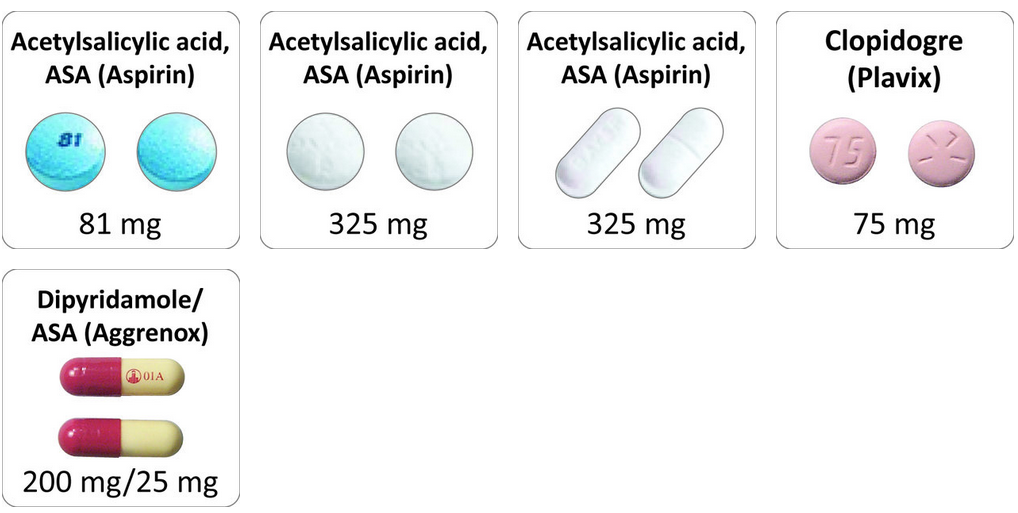
Anticoagulants (prevent blood clots)
Anticoagulants are used to prevent blood clots
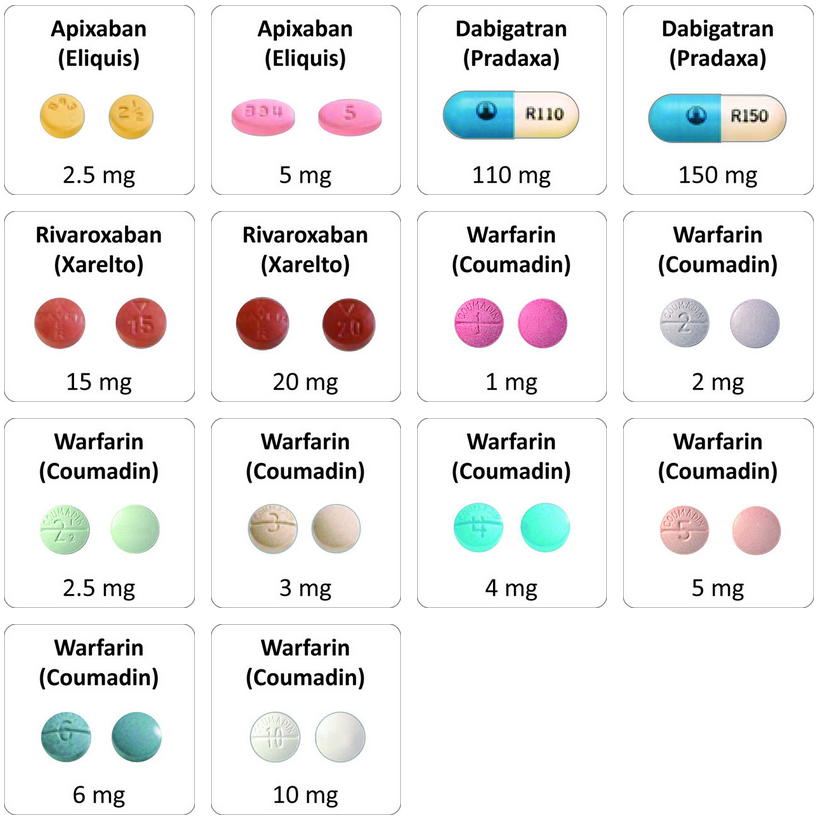
Ace Inhibitors (Lower blood pressure)
Ace inhibitors are prescribed to lower blood pressure
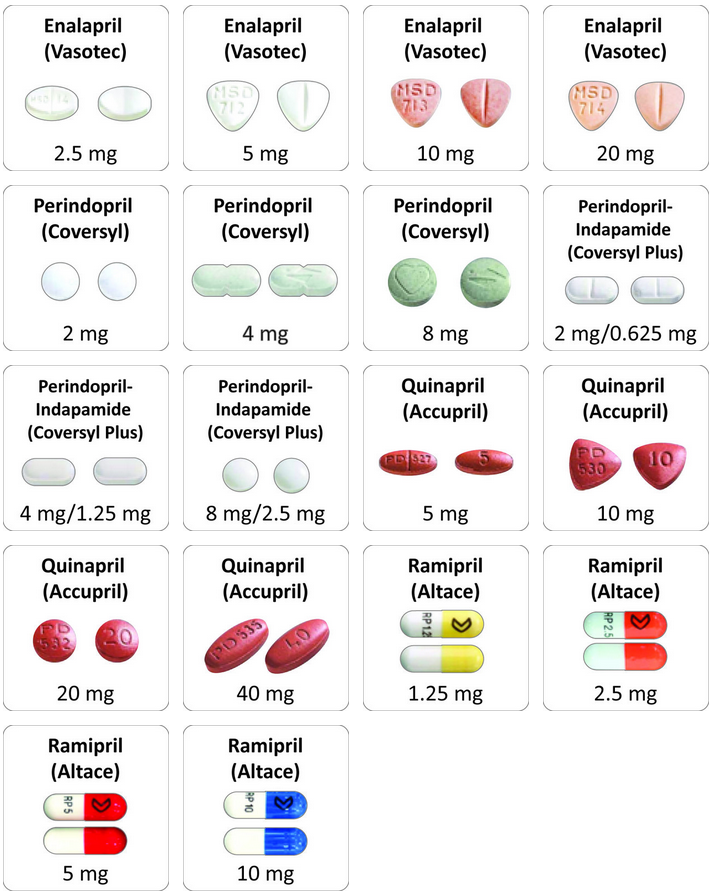
Angiotensin II Receptor Blockers (Lower blood pressure)
These medications are used to lower blood pressure
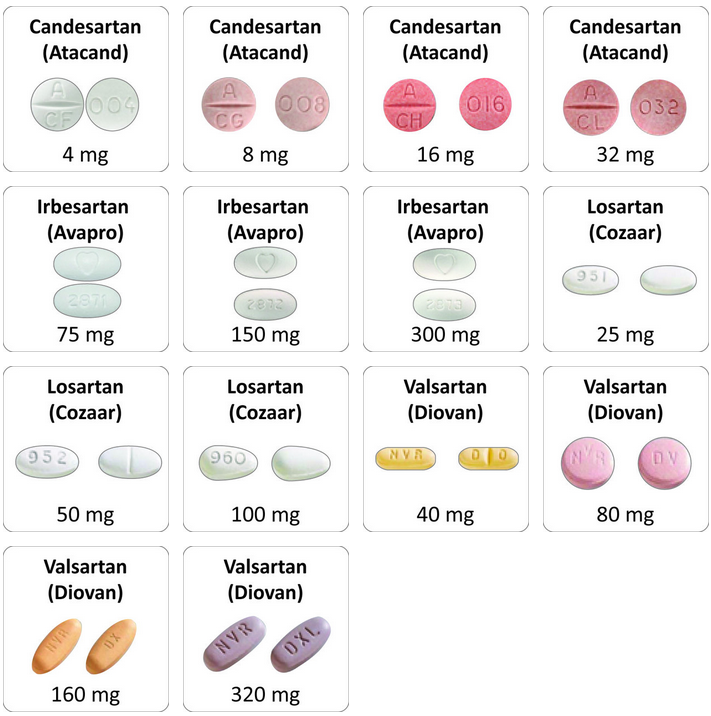
Beta Blockers (Lower blood pressure and heart rate)
Beta blockers are used to lower blood pressure and heart rate as well as to prevent and treat chest pain
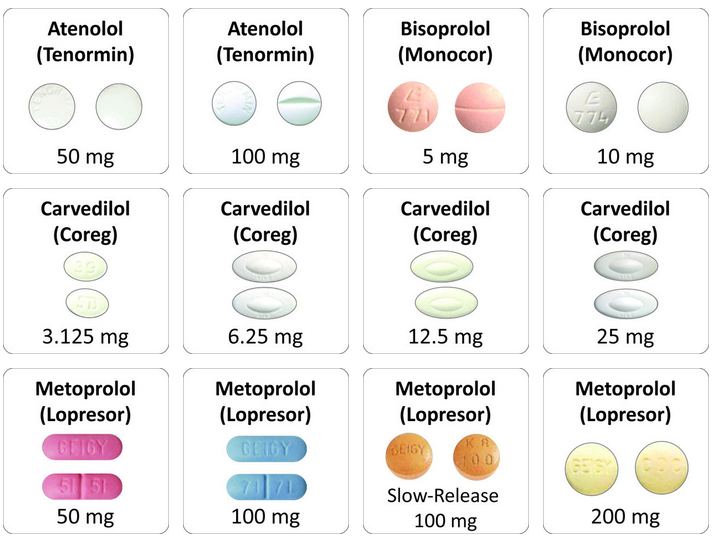
Calcium Channel Blockers (Lower blood pressure and heart rate)
This type of medication is used to lower blood pressure and heart rate as well as to prevent and treat chest pain
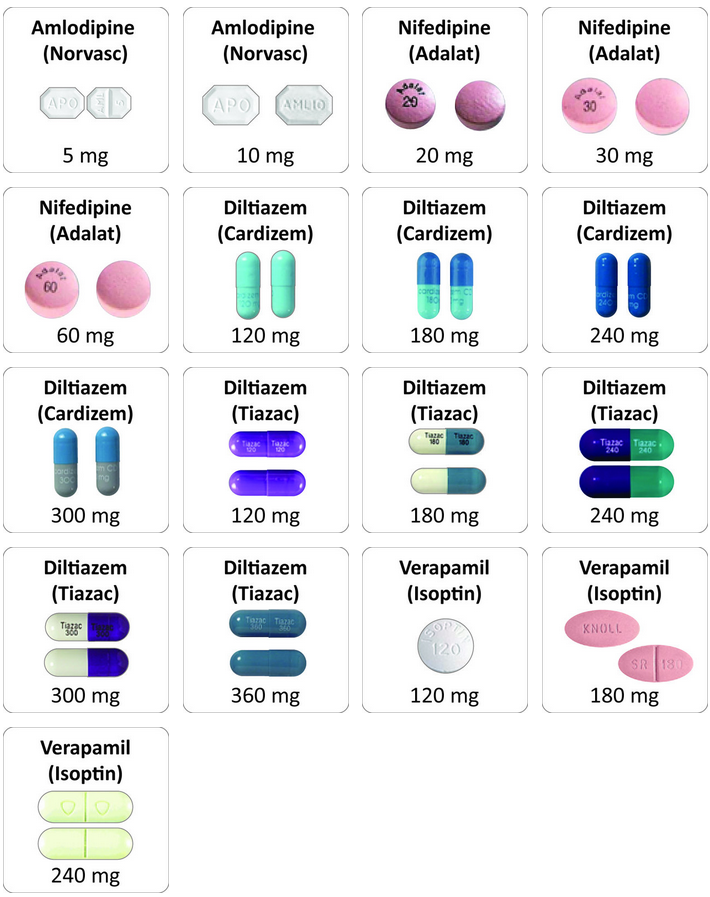
Diuretics (Lower blood pressure)
Diuretics are used to lower blood pressure
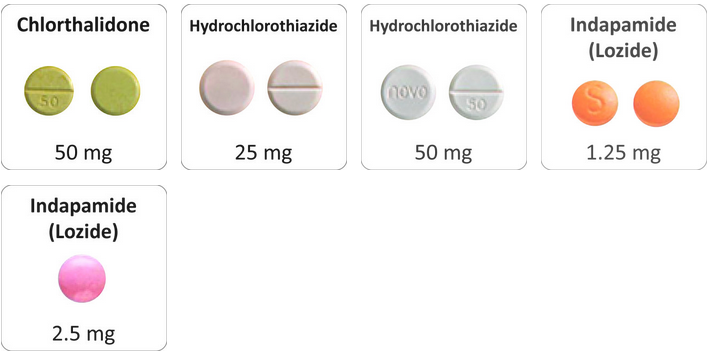
Lipid Lowering Agents (Lower bad cholesterol)
These medications lower bad cholesterol, increase good cholesterol
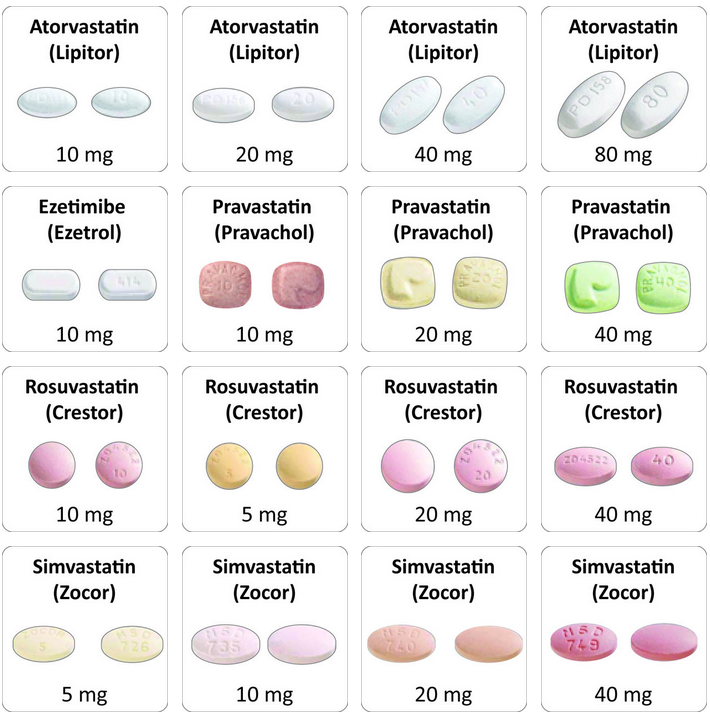
Medication instructions
A chart can help you keep track of what medications have been prescribed to you, what they’re used for, how to take them, and when to take them. If you need help filling this form out, talk to your pharmacist or doctor.
Keep your chart up to date. Review it regularly with your doctor and pharmacist.
Medication tracker
A chart can help you make sure that you’ve taken all of your medications. Make sure to check off each dose after you’ve taken it.
- Write in your medications in the “MEDICATION NAME” column
- For each medication, fill in the dose under when you have to take it
- When you’ve taken the dose, cross out the box
- Repeat for every day of the week
Having read the information in this section, consider the following:
- Do I have a list of medications I need to take?
- Do I know how each medication helps me?
- Do I know how to take each medication (for example: with meals, by mouth, injection, or crushed)?
- Do I know what time to take each medication?
- Do I need reminders about when to take each medication?
- Do I know if the medications interact with other medications I take and the food I eat?
- Do I need a way to organize the medications I take (such as a blister pack or pill organizers)?
- Does the pharmacy I use deliver medications to the home?
